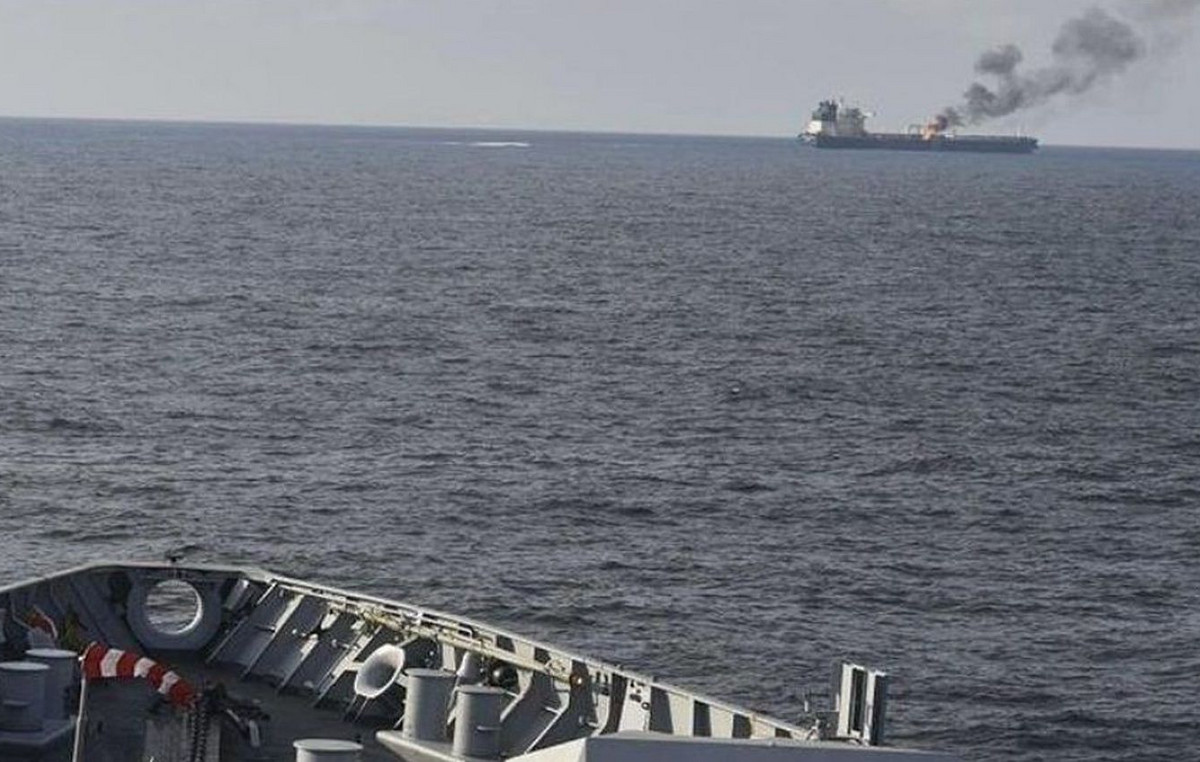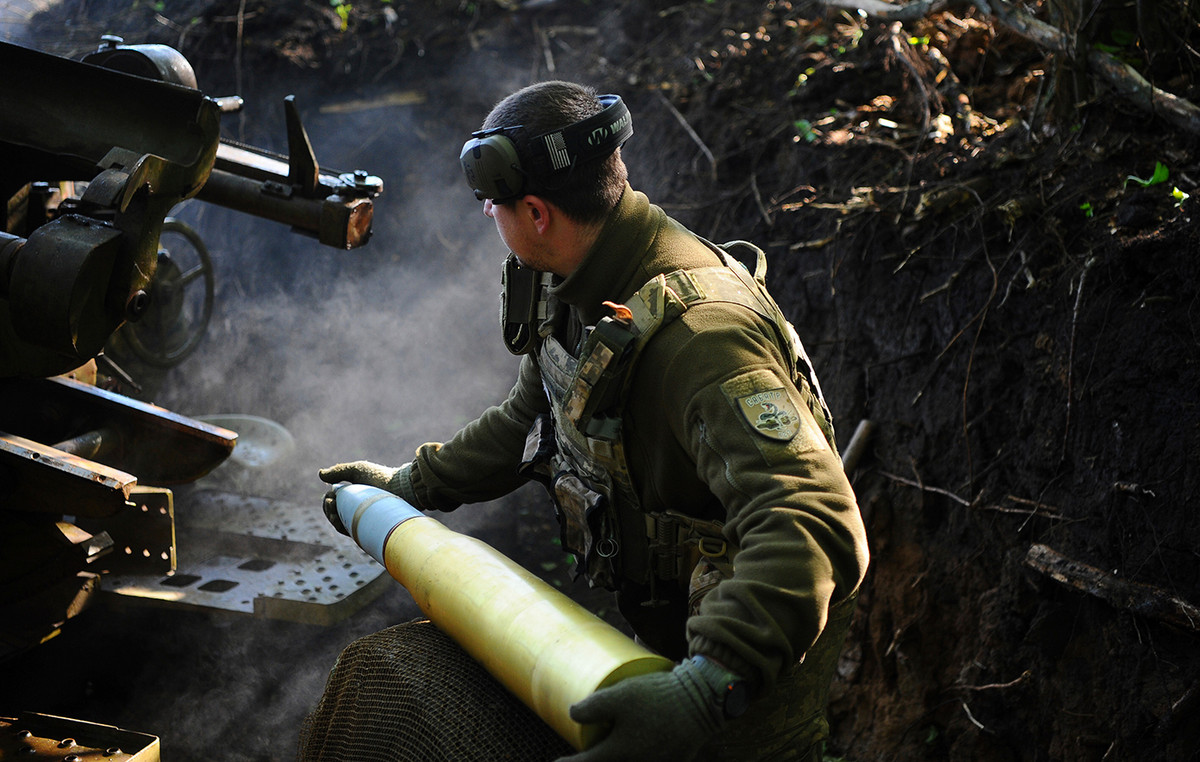When filmmaker Marc Wolfensberger first discovered Neft Daşları, he thought it was a myth. However, he heard more about this secret city, which floated in the Caspian Sea, far from the coast. But very few had seen it, he said. “The degree of mystery was very high.”
It wasn’t until he saw it for himself, when he managed to travel there on a water delivery ship in the late 1990s, that he knew it was real. “It was beyond anything I had ever seen before,” Wolfensberger told CNN .
Protected by military vessels, it was like “a highway in the middle of the sea,” he said, stretching “like an octopus.”
Desperate to document this city, he spent eight years convincing the Azerbaijani government to let him return, which he finally did in 2008, spending two weeks there to make his film, “Oil Rocks: City Above the Sea.”
Neft Daşları, which translates as “Oil Rocks,” is a tangle of oil wells and production sites connected by miles of bridges across the immense Caspian Sea, the largest lake in the world. It is about 60 miles off the coast of Azerbaijan’s capital, Baku, and a six-hour boat ride from the mainland.
It is the oldest offshore oil platform in the world, according to the Guinness Book, and at its peak, it had more than five thousand inhabitants.
In recent decades, however, its population has declined, while sections have fallen into disuse and been claimed by the sea.
Yet it is still operational, a symbol of Azerbaijan’s long oil-soaked history in the Caspian, a body of water rich in planet-warming fossil fuels and which is also shrinking drastically due to the climate crisis these fossil fuels generate.
The history of Oil Rocks dates back to the Soviet era. In the late 1940s, oil workers landed on a small island and built a drilling platform and a small house for accommodation. The first exploratory well was drilled in 1949, creating a source of “black gold”.
The oil field sent its first tanker back to shore in 1951 and construction began in earnest in the city. What came next was an architectural and technical miracle, Wolfensberger said.
The city slowly grew outward, supported by metal poles sunk into the seabed and perched several meters above sea level as if floating. It ended up being made up of almost two thousand wells and around 320 production sites, connected by more than 160 km of bridges and more than 96 km of oil and gas pipelines.
Seven decommissioned ships were brought to the area and deliberately sunk. Their carcasses formed an artificial bay to protect the city from wind and waves — although Neft Daşları remained vulnerable to storms and rough waters.
“Some of these ships are visible on the surface of the water where they were buried,” said Mirvari Gahramanli, head of the Organization for the Protection of the Rights of Oil Workers, which focuses on human rights in Azerbaijan’s oil and gas sector.
In the following decades, Neft Daşları gained accommodation blocks for workers, a bakery, a theater with a capacity for hundreds of people, shops, medical facilities, a football pitch and a helipad. There are even trees and a park planted in the steel structures.
Some in Azerbaijan call it “the eighth wonder of the world,” Gahramanli said. Others call it “the island of seven ships”, named after the sunken ships that surround it.
It was a jewel in the crown of Caspian oil production and produced nearly 180 million tons of oil in its 75-year lifespan, according to Azerbaijan’s state oil company SOCAR, which owns and operates Neft Daşları. At its peak in 1967, it pumped a record 7.6 million tons.
But its importance has declined in recent decades as larger oil fields have opened up and oil prices have fluctuated. Production levels have shrunk to less than 3,000 tonnes per day (approximately 1 million tonnes per year), according to SOCAR figures from January.
“Production at Neft Daşları provides only a small portion of Azerbaijan’s oil production, much of which is supplied to the domestic market,” said Brenda Shaffer, an energy expert at the U.S. Naval Postgraduate School who has advised oil companies. oil and gas in the Caspian region.
As oil production dwindled, the city’s population shrank to about 3,000, Gahramanli said, with workers typically doing 15-day shifts at sea and then 15 days at home on the mainland.
Vulnerable to the brackish and stormy Caspian water, parts of the city are crumbling. Even in 2008, large chunks of bridges collapsed, Wolfensberger said. There was still “a lot of life, but with a lot of things falling apart at the same time.”
There have also been reports of oil leaks. Gahramanli’s organization has been raising concerns about Neft Daşları’s pollution for years, including reports of untreated wastewater being pumped into the Caspian Sea.
SOCAR had not responded to the company’s questions. CNN at the time the article was published, but in a 2019 Facebook post, the company said it had identified workers who had dumped oil into the sea. “SOCAR will take appropriate administrative action on employees who pollute the environment,” the post said.
Gahramanli said the situation had improved in the run-up to COP29, the United Nations-backed climate conference taking place in Baku next week.
Global leaders will meet to discuss tackling the climate crisis, driven by humans burning fossil fuels, in conference rooms not so far from Neft Daşları.
Questions have long been raised about what will happen to this massive water city when its oil runs out.
At the end of the documentary, Wolfensberger lays out the difficult decisions he sees authorities facing, whether to dismantle the town at enormous cost, turn it into a holiday resort, or simply abandon it, “paving the way for a major ecological disaster.”
Some think it will be reused. “After its oil supplies run out, Neft Daşları will likely become a tourist magnet,” Shaffer said. Wolfensberger believes it could become a museum. “It’s really the birthplace of offshore oil exploration,” he said. “It’s part of the heritage.”
But for now, the city remains, still producing oil, still largely isolated, a rusting symbol of an industry in slow decline.
Why are hurricanes and storms named after people? Understand
This content was originally published in Soviet-era oil rig city “floats” in the largest lake on the planet; understand on the CNN Brasil website.
Source: CNN Brasil
Bruce Belcher is a seasoned author with over 5 years of experience in world news. He writes for online news websites and provides in-depth analysis on the world stock market. Bruce is known for his insightful perspectives and commitment to keeping the public informed.







